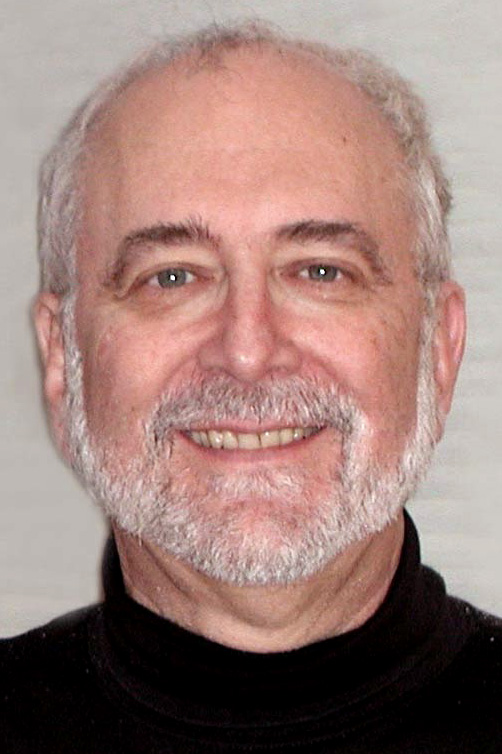


|
||
|
||
In a recent CircleID posting related to the ITU-T, the demise of that body over the years and the underlying causes were described. Among other questions, it raises the question of where has the industry technical collaborative activity gone. The short answer is just about everywhere else. This was exemplified by a recently compiled spreadsheet of some 200 different cloud forums prepared by the ITU-T’s own cloud coordination group. As noted below, two industry groups have done especially well over the past two decades.
The preposterous political assertions by some of the ITU’s leaders about that organization in the context of events like WCIT and WTSA stand in stark contrast to the reality today if one simply digs out some of the organizational metrics. For example,
The IETF. By comparison, the recent Vancouver meeting of the IETF had some 1500 attendees paying $650-800 to attend to collaborate to produce many of the key Internet, cybersecurity, and cloud related standards today. The metrics of IETF participation and diversity are remarkable.
The 3GPP. The 3GPP is by any measure the largest and most active telecommunication standards body today—developing what are essentially the mandatory specifications for the world’s mobile network infrastructure. The organization is tightly coupled with the GSM Association (GSMA) which has its own specialized collaborative groups and hosts the world’s largest industry tradeshow. Looking at the most recent Barcelona meeting of 3GPP SA2 which defines mobile systems architectures for the industry. SA2 is one of 25 major technical committees and meets every 60-90 days. The total meeting aggregation is rather massive. 3GPP’s membership today stands at 392 companies from 39 different countries—representing most of the world’s mobile vendors and operators plus some government agencies. At just the recent SA2 Barcelona meeting:
The ITU’s Secretariats issue glowing assertions about the organization in their political PR material. One delusional example was a recent WCIT Background Brief 6 that asserts that the “ITU-T has published around 300 standards relating to cybersecurity” when the actual number was nine—nearly all referencing work done in other bodies. The reality of the metrics today clearly show that the emperor has no clothes. Anyone signing a treaty instrument that relies on ITU-T work, clearly would do so at their peril.
Sponsored byCSC

Sponsored byWhoisXML API

Sponsored byIPv4.Global

Sponsored byVerisign

Sponsored byVerisign

Sponsored byDNIB.com

Sponsored byRadix

The ITU-T 136 member number is current associate
members. The total number of members should be 351. The number as well as the involvement have, however, fallen dramatically - particularly for major industry players. This is reflected especially in attendance and materials contributed into the meetings which has approached zero. That involvement has shifted elsewhere - especially 3GPP and IETF. The watchword for the ITU-T today is damage control.